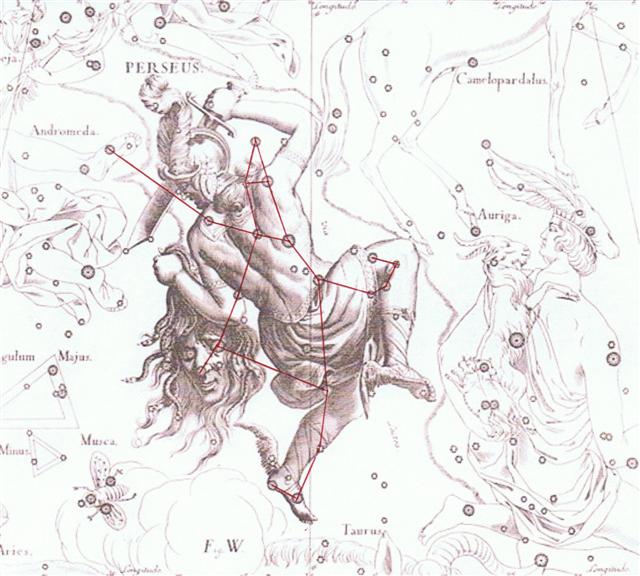It is not necessary to assume side a of the C text was designed to begin where the Gregorian calendar was reaching March 21. The current spring equinox north of the equator as such could be enough reason for beginning with 'a day zero' at the back of the head of Andromeda (Sirrah):
It is only for our own convenience's sake that I have put the Gregorian date March 21 where heliacal Sirrah probably was in rongorongo times and when the leader of the Raven stars, Alchita, was close to the Full Moon. The creator of the C text, however, may instead have assigned (in his mind) a date corresponding to where Sirrah was in the times of Al Sharatain, viz. 27 days earlier in the year:
The first glyphs on side a would then coincide with Terminalia and Bissextum: ... The leap day was introduced as part of the Julian reform. The day following the Terminalia (February 23) was doubled, forming the 'bis sextum - literally 'double sixth', since February 24 was 'the sixth day before the Kalends of March' using Roman inclusive counting (March 1 was the 'first day'). Although exceptions exist, the first day of the bis sextum (February 24) was usually regarded as the intercalated or 'bissextile' day since the third century ... This could explain why there is a vero in Ca1-1 and why Metoro said hoea at Ca1-2. The tattoing instrument could have referred to the leap day (not to be counted):
The important star position at the beginning was that of Algenib, where the incoming sun light was displayed on the torso of the hero. This happened at Terminalia, where the old year was finished. From there to '0h there were 365 - 340 = 25 nights. The reason behind the Mamari text, indeed behind all the sudden flourishing activity to document calendar texts on the precious wooden toromiro boards, may have been to to show how Algenib Persei now had preceded to the March equinox. |

